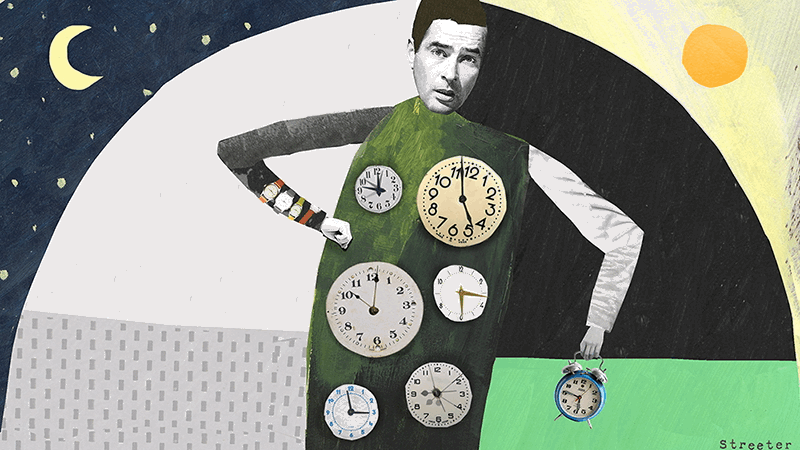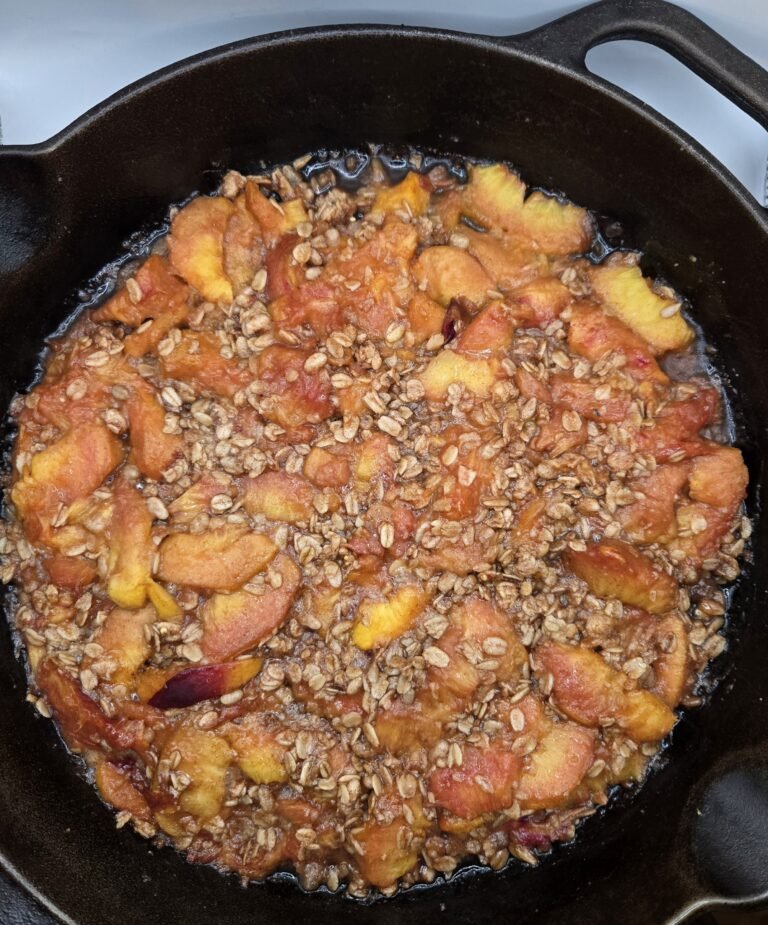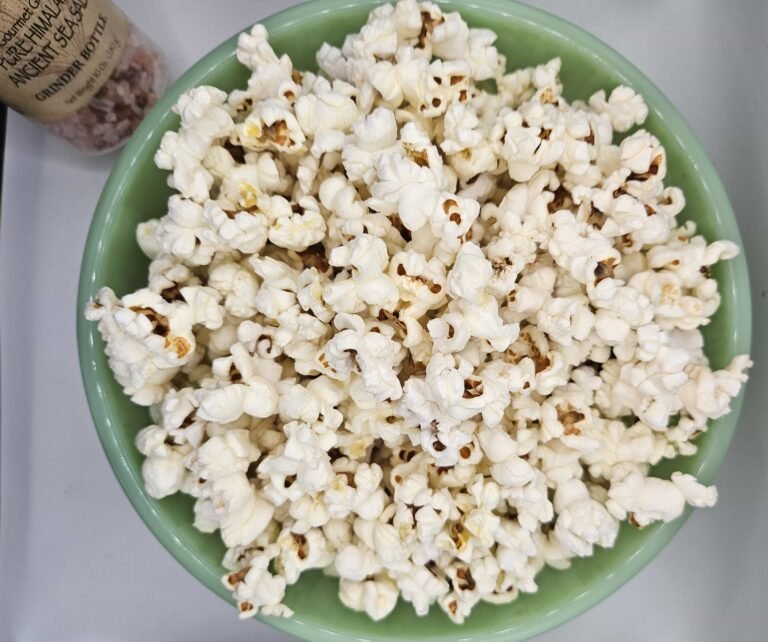
Chronobiology is the study of the cyclic rhythms that exist in living things. Our bodies experience physical, mental, and behavioral changes based on the natural light and darkness in our environment. We have a master clock controlling these rhythms that consists of a group of nerve cells in the brain called the suprachiasmatic nucleus, or SCN. The SCN contains about 20,000 nerve cells and is located in the hypothalamus, an area of the brain just above where the optic nerves from the eyes cross.[1] These cycles are also called circadian rhythms.
Fred Turek, a circadian scientist at Northwestern University, explains that the body is actually full of little clocks, located within every cell and organ.[2] These clocks follow different rhythms, because various systems in the body are designed to perform specific tasks at specific times, but they all work in sync with the master clock. If we’re sending signals to those organs at the wrong time of day, like by eating at 1 am, we’re upsetting the balance. Getting our clocks out of sync can be an underlying cause of chronic diseases such as Type 2 diabetes.
Not just the size of meals but also the timing affects weight gain.[3] It’s not much of a surprise if you look at the history of mealtimes, which many people are still trying to follow. Mealtimes remained the same between the Middle Ages to the age of Shakespeare[4] and they were entirely logical as they still are in many native cultures. The body’s natural clocks are set to have breakfast at dawn, the noon meal when the sun is at its highest point, and supper at dusk. When the days are the longest, some have a light meal between what we now call lunch and supper. The largest meal was at midday because once it got dark people were heading to bed.
With the industrial revolution things shifted a bit as to when most working people had time to make their larger meal. I think I’d like to head to bed at dusk. But at least we can keep it to three meals and not continue eating through the night — unless we work the night shift. The body needs time for its clocks to activate rest, detox, and adjust chemically based on the natural light. No matter how large or small our breakfast is, it still should be breaking a fast that began around the previous dusk.
[1] “Circadian Rhythms Fact Sheet, National Institute of General Medical Science, NIH, November, 2012.
[2] “Circadian Surprise: How Our Body Clocks Help Shape Our Waistlines,” by Allison Aubrey, NPR the Salt, March 10, 2015.
[3] “Timing of food intake predicts weight loss effectiveness,” M Garaulet et al, International Journal of Obesity, April 2013, 37:604-611.
[4] “What Time is Dinner?” by Sherrie McMillan, History Magazine, Oct/Nov 2001.




